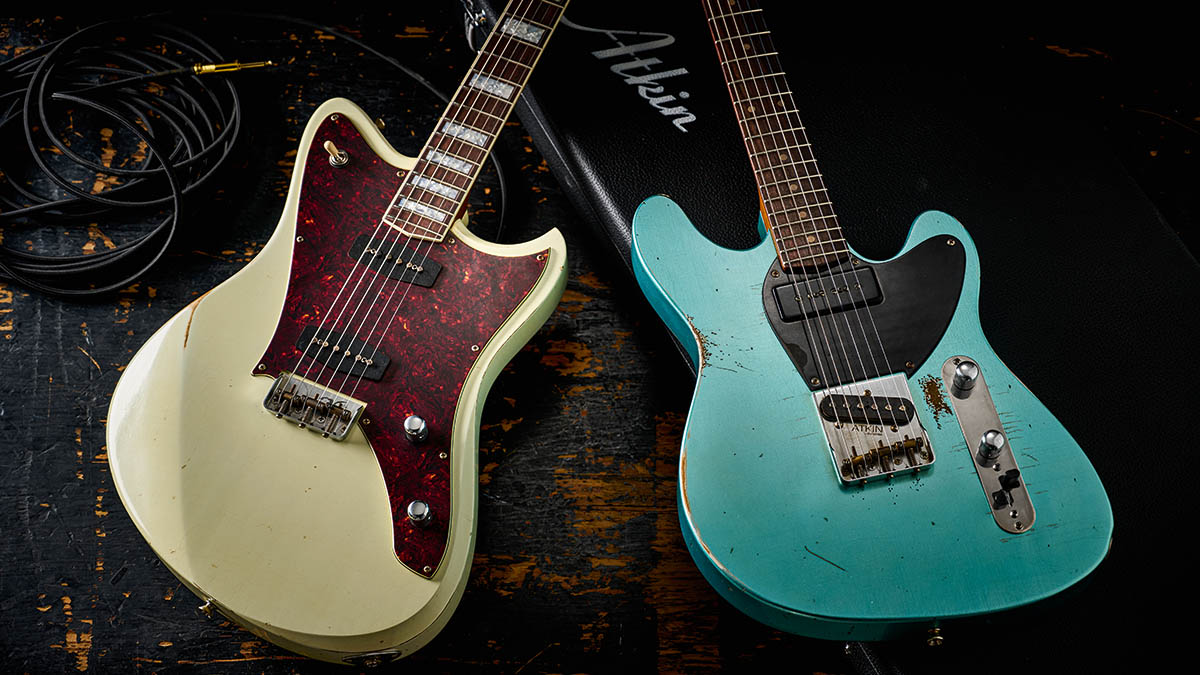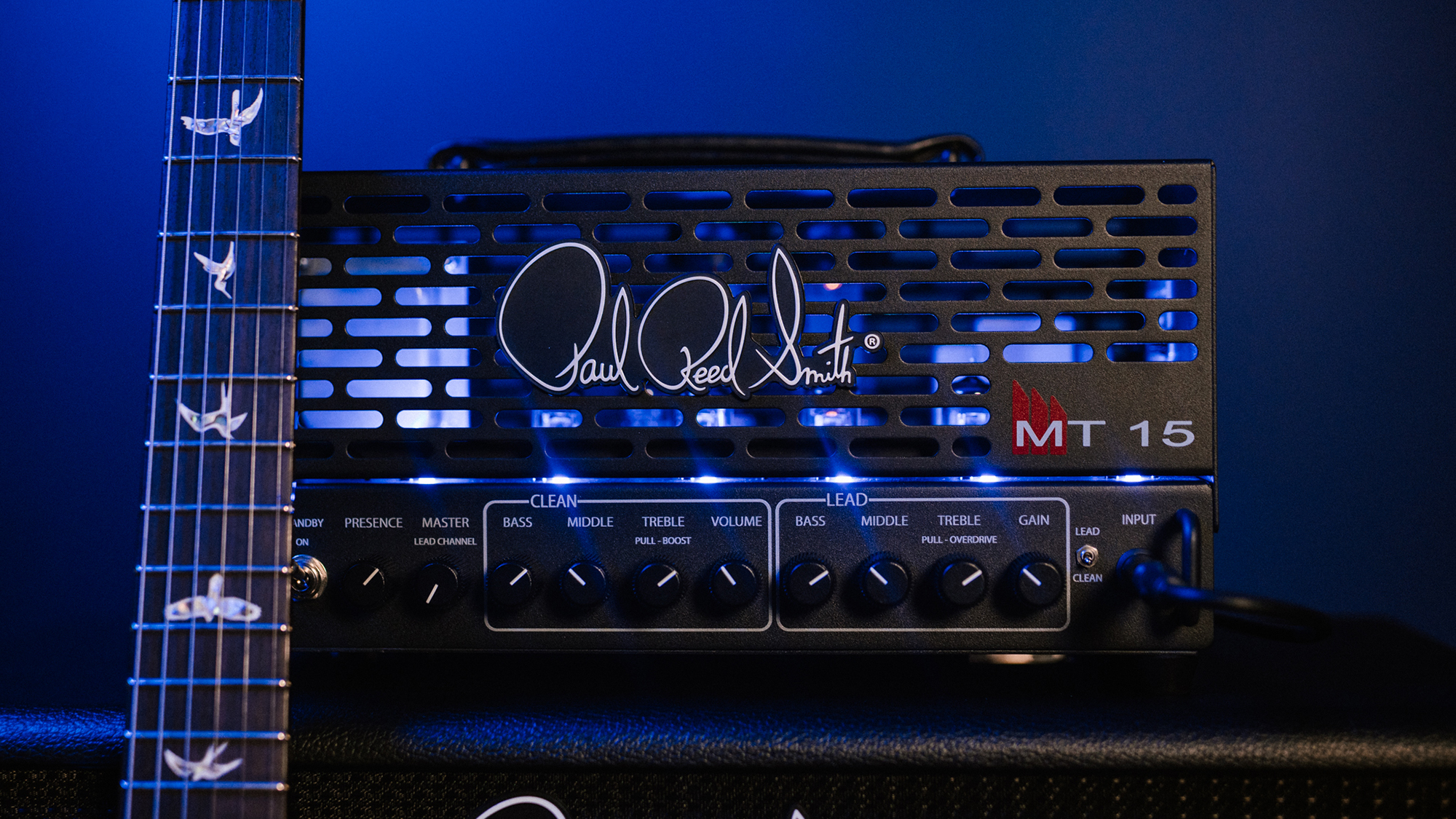Guitar World Verdict
New designs take a while to get used to, just like a new song can take a few listens. But the unnerving illusion here is that both designs look, feel and sound like forgotten pawn-shop prizes. And yet they really do feel exceptional, play superbly and sound it, too.
Pros
- +
Mindhorn has very detailed high-level craft.
- +
Authentic light ageing.
- +
Superb weight, feel and playability.
- +
Excellent own-design single coils.
- +
Boosh is an original yet familiar take on a T-style electric.
- +
It's even lighter.
- +
Very well-voiced pickups.
Cons
- -
Not a cheap date and not everyone will get the new design.
- -
Mindhorn's original pickups mean you can’t add your aftermarket favourites.
You can trust Guitar World
As much as we enjoyed Atkin’s The Fifty-Two and The Fifty-Four, let’s face it, they were a ‘Telecaster’ and ‘Stratocaster’ respectively with the wrong headstock.
Now, Atkin is far from the only guilty party in that regard, but we do like something a little different and original. And that’s what we have here. If you’re a fully paid-up member of the ‘if it wasn’t designed before 1965, I ain’t playing it’ brigade, look away now.
Or not… You see, both of these new bolt-on designs could actually have been designed during that initial golden age of our instrument. The Boosh starts with a T-style slab body, adds a bass-side horn and offsets the waist and base. The Mindhorn? Well, how about a Fender offset cross-bred with an SG perhaps?
Shapes aside, both designs have plenty of common features, the first of which is a deliciously light weight: with its larger body, the Mindhorn weighs in at just 2.89kg (6.36lb), while The Boosh trims that to 2.59kg (5.7lb).
Neither is chambered nor semi-hollow but both employ lightweight obeche – as used by an increasing number of makers such as Seth Baccus, PJD and Cream T, for example – for their Fender-thickness bodies. The bodies and Gotoh hardware on both are lightly aged, too; Atkin classes this as its middle level ‘medium’ ageing and you have an option of light or heavy (the latter adds £150).

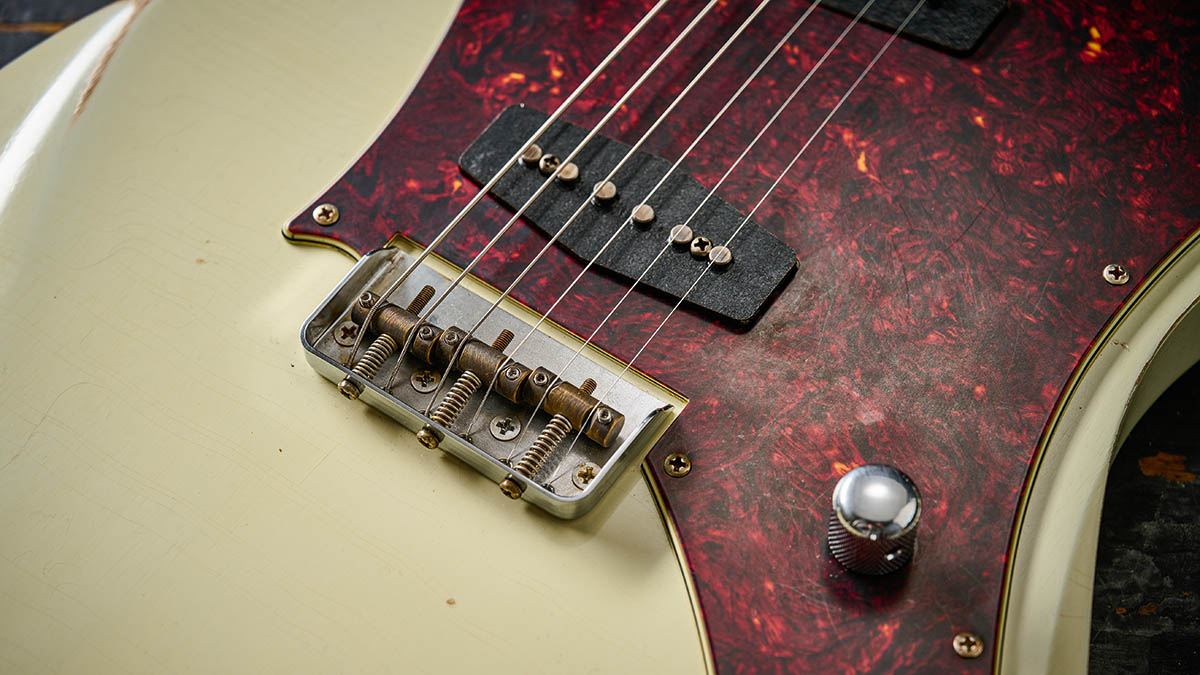
As you’d expect, the finishes are nitro and there’s a wide colour choice. The paint ageing is limited to the bodies and colour-matching headstock face, and you don’t need us to tell you that relicing has become high art in the guitar world.
This medium level illustrates a less-is-more approach and the Mindhorn, which seems more lightly aged, is especially convincing. The Boosh is perhaps a little more contrived, and on both there’s quite excessive wear around the rear string ferrules suggesting the imaginary previous owner only restrung their guitars in the dark without their glasses on.
Not surprisingly, the necks are very similar here and to those previous Atkin lookalikes we evaluated. If we’re honest, rather like a band’s name, the headstock shape has grown on us, with the help of the colour matching used here, that relieved black line on the treble side, and a beautifully old-school decal. It’s impossible to fault the craft.
Feel & Sounds
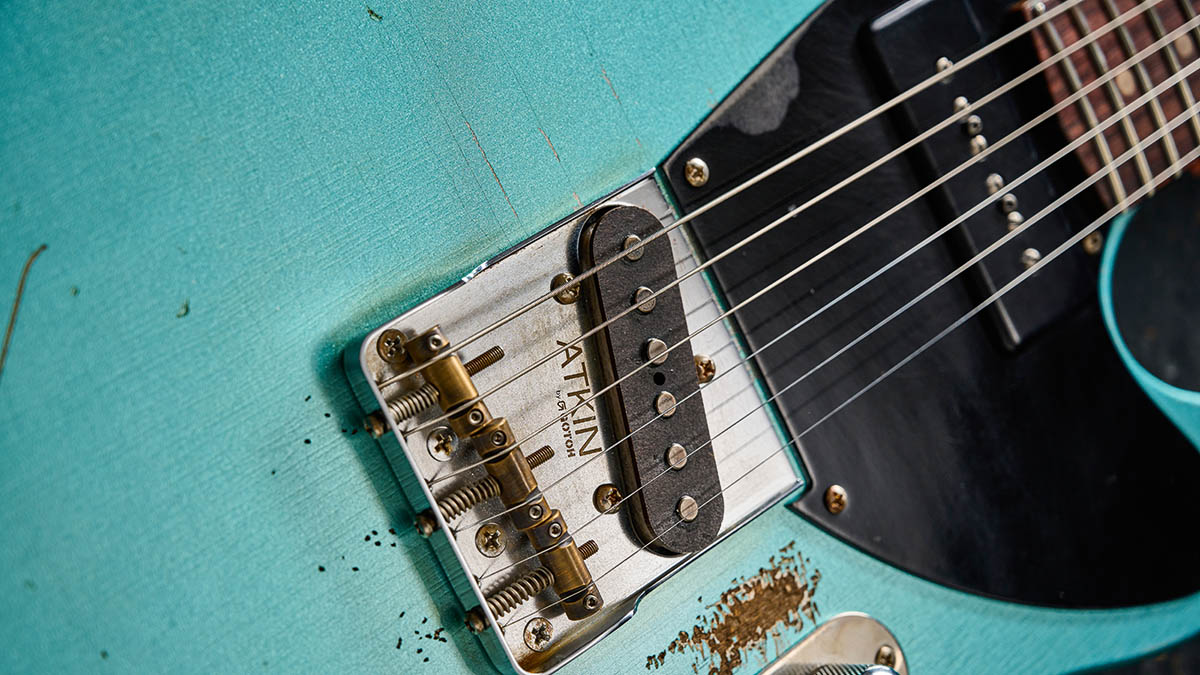
Not everyone cares about the weight of their instrument, but if you do, you’ll really fall for the charms of either of the guitars here. Combine that with the silky smooth bare wood feel of the neck back and we’re engaged just by lifting either off its stand.
The neck-work is superb and that includes a good choice of medium/tall fret wire on the 254mm (10-inch) face, nicely rolled worn-in fingerboard edges, and perfectly rounded fret ends and dialled-in setup. Of course, they should feel good at this price, but again it’s not just the detail, it’s the overall illusion that these feel like older, well-used instruments that have just had a very good refret.
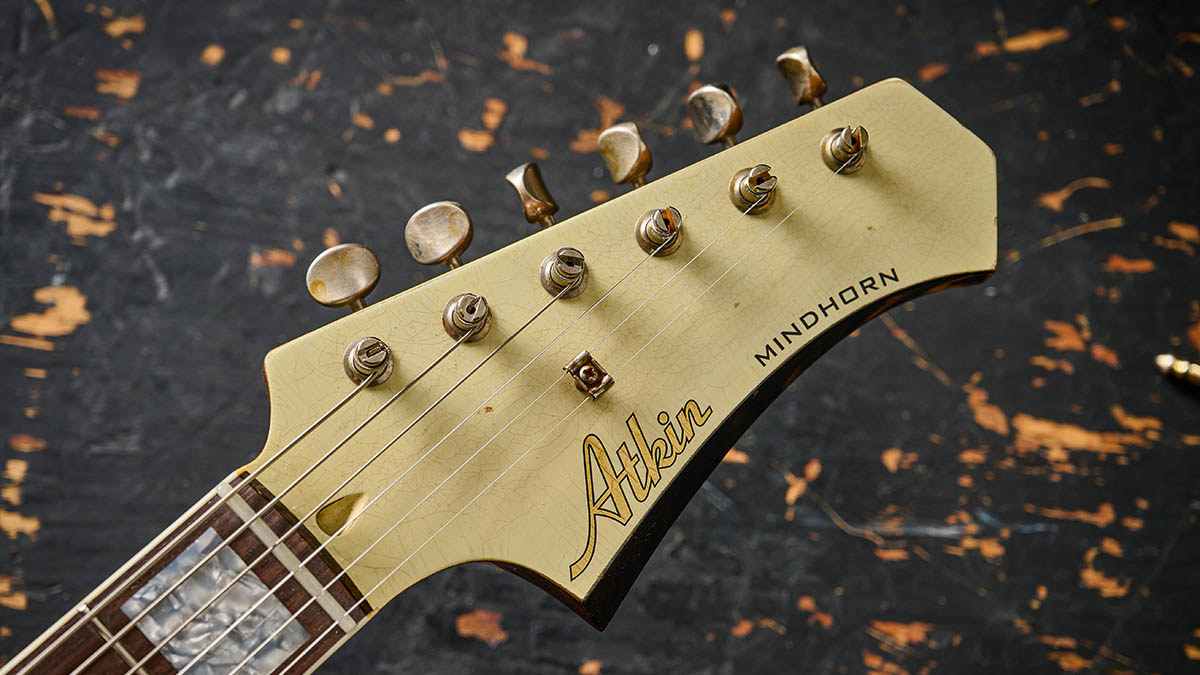
As we said, the neck shapes and size are very similar, a good relaxed C shape that’s perhaps a little thinner in depth than you’d expect – a hair over 20mm deep at the 1st fret and just under 23mm by the 12th. But it’s a superbly crafted shape with almost a hint of a V in lower positions and that feels wider and deeper than it measures in higher positions.
The heel is rounded on the treble side and matched by the neckplate (where you’ll find the stamped serial number) and it helps the upper-position comfort with an airy setup that has very little relief.
Both guitars feel very alive, just the sort of thing that might attract you to a good vintage guitar. Nothing is getting in the way of the playing experience.
Sonically, The Boosh’s T-style bridge and soapbar single coil in the neck position suggest sounds we’ve all heard plenty of times and so there are really no surprises here. The bridge ticks all the Americana boxes alone, twangin’ and visceral, rather than trying to be over beefy or too humbucker-like. That’s covered by the soapbar, which is very creamy and Gibson-like and quite the contrast to the bridge.
Both guitars feel very alive, which is just the sort of thing that might attract you to a good vintage guitar
The Mindhorn’s unique-design single coils, which almost disappear on the dark tortoiseshell pickguard, appear less tonally specific yet sound very much in the intended Jazzmaster-meets-P-90 territory with a quick attack and plenty of depth. It’s definitely a West Coast sound that might have you thinking, ‘Where’s the vibrato arm?’
But it has a welcome twist: pull up the Tele-knobbed tone control and, irrespective of the pickup selector position, we go to both-pickups-on in series, sort of Danelectro-like, a sound that has more power and fullness without losing all of the clarity. It’s an obvious ‘solo boost’ voice and an outstanding sound for slide.
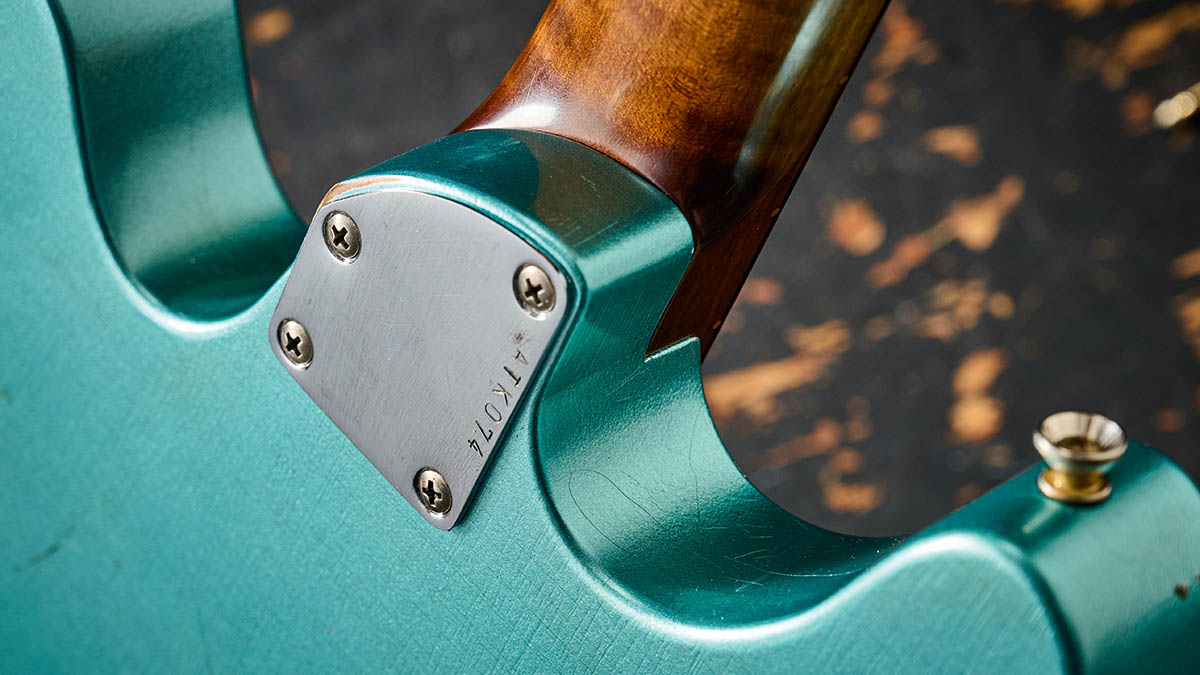
Verdict
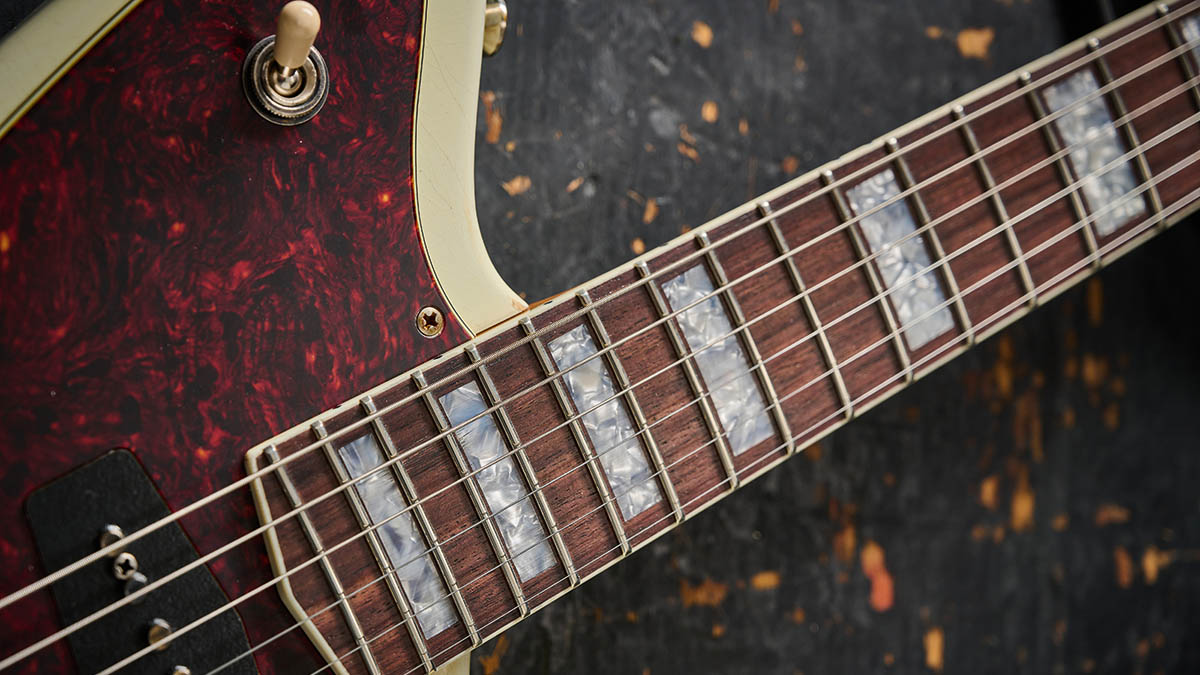
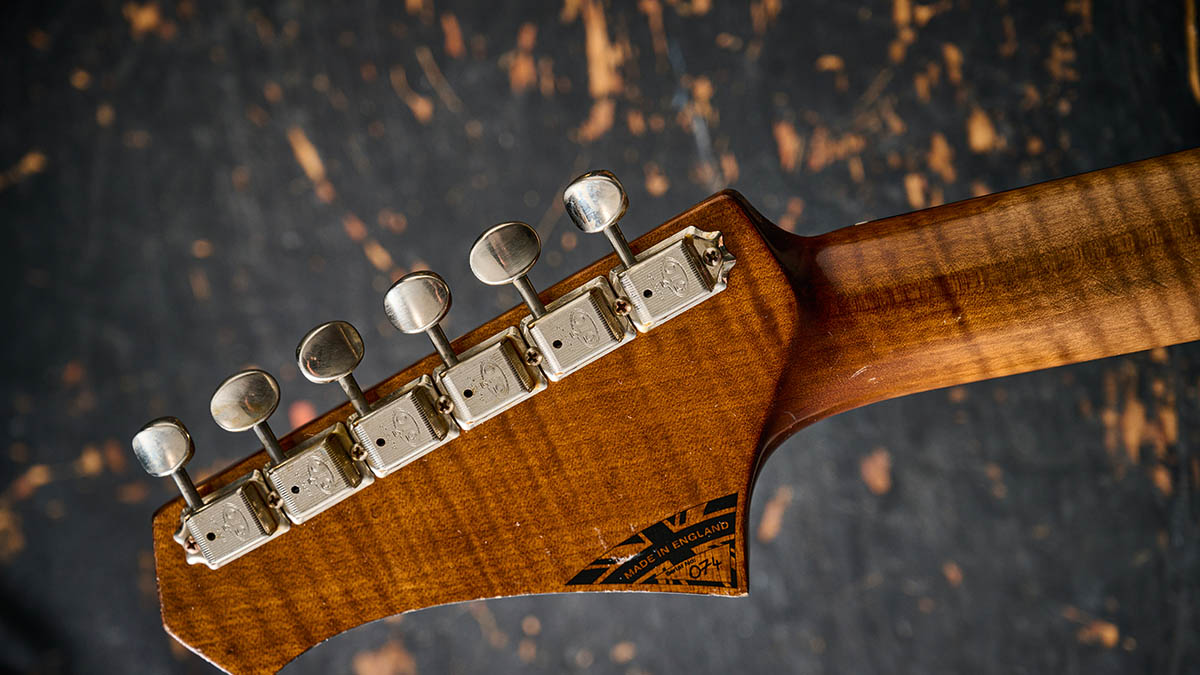
The Boosh OS is perhaps the more recognisable in terms of its voice, while the less specific Mindhorn is harder to pigeonhole and could well be a classic in the making: it’s rootsy, rocking and tailor-made for a pedalboard.
We’re becoming spoiled for choice by the exceptional craft of an increasing number of guitar makers here in the UK. And just as Atkin has conquered the acoustic, on the evidence here the company now looks set to be a more than credible addition to the electric guitar world. You need to get one of these guitars in your hands.
Specs
Atkin Mindhorn Deluxe
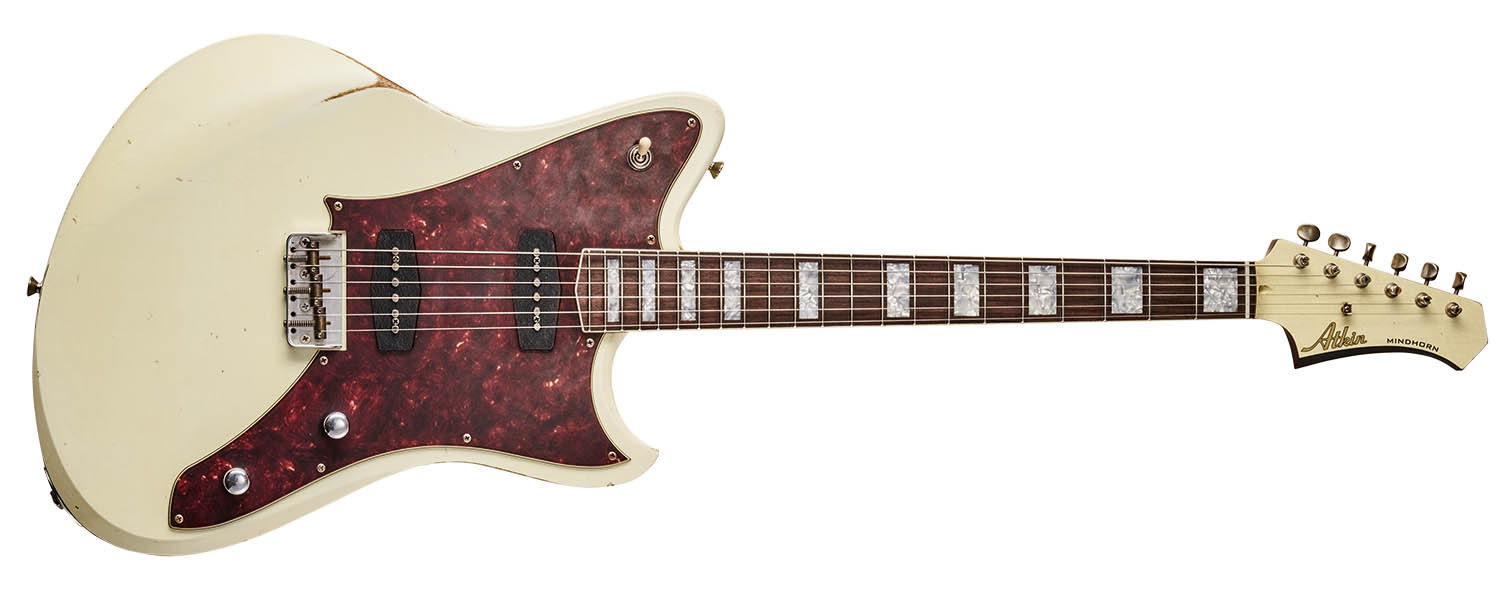
- PRICE: £3,499 (inc case)
- ORIGIN: UK
- TYPE: Double-cutaway, offset solidbody electric
- BODY: Obeche
- NECK: Quarter-sawn roasted flame maple, medium C vintage profile
- SCALE LENGTH: 648mm (25.5”)
- NUT/WIDTH: Bone/42.2mm
- FINGERBOARD: Bound Indian rosewood, pearloid block inlays, 254mm (10”) radius
- FRETS: 22, medium/tall profile
- HARDWARE: Atkin by Gotoh cut-down through-strung bridge with three brass ‘In-Tune’ saddles, Gotoh vintage-style – lightly aged nickel
- STRING SPACING, BRIDGE: 54mm
- ELECTRICS: Atkin hand-wound MH90 single-coil set, 3-way toggle pickup selector, master volume and tone (with pull switch for series link of both pickups)
- WEIGHT (kg/lb): 2.89/6.36
- OPTIONS: The Mindhorn range starts with the Standard (with unbound ’board and dot inlays) at £3,299, then there’s the HH Standard (£3,499) and HH Deluxe (£3,699). Custom-order options include pickup types, mahogany neck and alder or swamp ash bodies, plus 3 levels of ageing and finish options
- RANGE OPTIONS: See Boosh OS
- LEFT-HANDERS: Yes, add £100
- FINISH: Olympic White, medium aged nitro-cellulose
Atkin The Boosh OS

- PRICE: £3,199 (inc case)
- ORIGIN: UK
- TYPE: Double-cutaway, offset solidbody electric
- BODY: Obeche
- NECK: Quarter-sawn roasted flame maple, medium C vintage profile
- SCALE LENGTH: 648mm (25.5”)
- NUT/WIDTH: Bone/42.48mm
- Fingerboard: Indian rosewood, ‘clay’ dot inlays, 254mm (10”) radius
- FRETS: 22, medium/tall profile
- HARDWARE: Atkin by Gotoh ‘drop-sided’ T-type through-strung bridge with 3x brass ‘In-Tune’ saddles, Gotoh vintage-style – lightly aged nickel
- STRING SPACING, BRIDGE: 54mm
- ELECTRICS: Atkin hand-wound MH90 single-coil set, 3-way toggle pickup selector, master volume and tone (with pull switch for series link of both pickups)
- WEIGHT (kg/lb): 2.59/5.7
- OPTIONS: Also available with non-offset waist and base as The Boosh Standard (same price). See Mindhorn (left) for custom options
- RANGE OPTIONS: The Boosh is the only other original-style in the range. The T-style Fifty-Two and Fifty-Nine start at £3,199; the Sixty-Eight at £3,399. The Fifty-Four, Sixty-Three and Sixty-Nine S-styles all start at £3,199
- LEFT-HANDERS: Yes, add £100
- FINISH: Pelham Blue metallic, medium aged nitrocellulose
- CONTACT: Atkin Guitars

Dave Burrluck is one of the world’s most experienced guitar journalists, who started writing back in the '80s for International Musician and Recording World, co-founded The Guitar Magazine and has been the Gear Reviews Editor of Guitarist magazine for the past two decades. Along the way, Dave has been the sole author of The PRS Guitar Book and The Player's Guide to Guitar Maintenance as well as contributing to numerous other books on the electric guitar. Dave is an active gigging and recording musician and still finds time to make, repair and mod guitars, not least for Guitarist’s The Mod Squad.
“I met Joe when he was 12. He picked up a vintage guitar in one store and they told him to leave. But someone said, ‘This guy called Norm will let you play his stuff’”: The unlikely rise of Norman’s Rare Guitars and the birth of the vintage guitar market
“This would make for the perfect first guitar for any style of player whether they’re trying to imitate John Mayer or John Petrucci”: Mooer MSC10 Pro review
